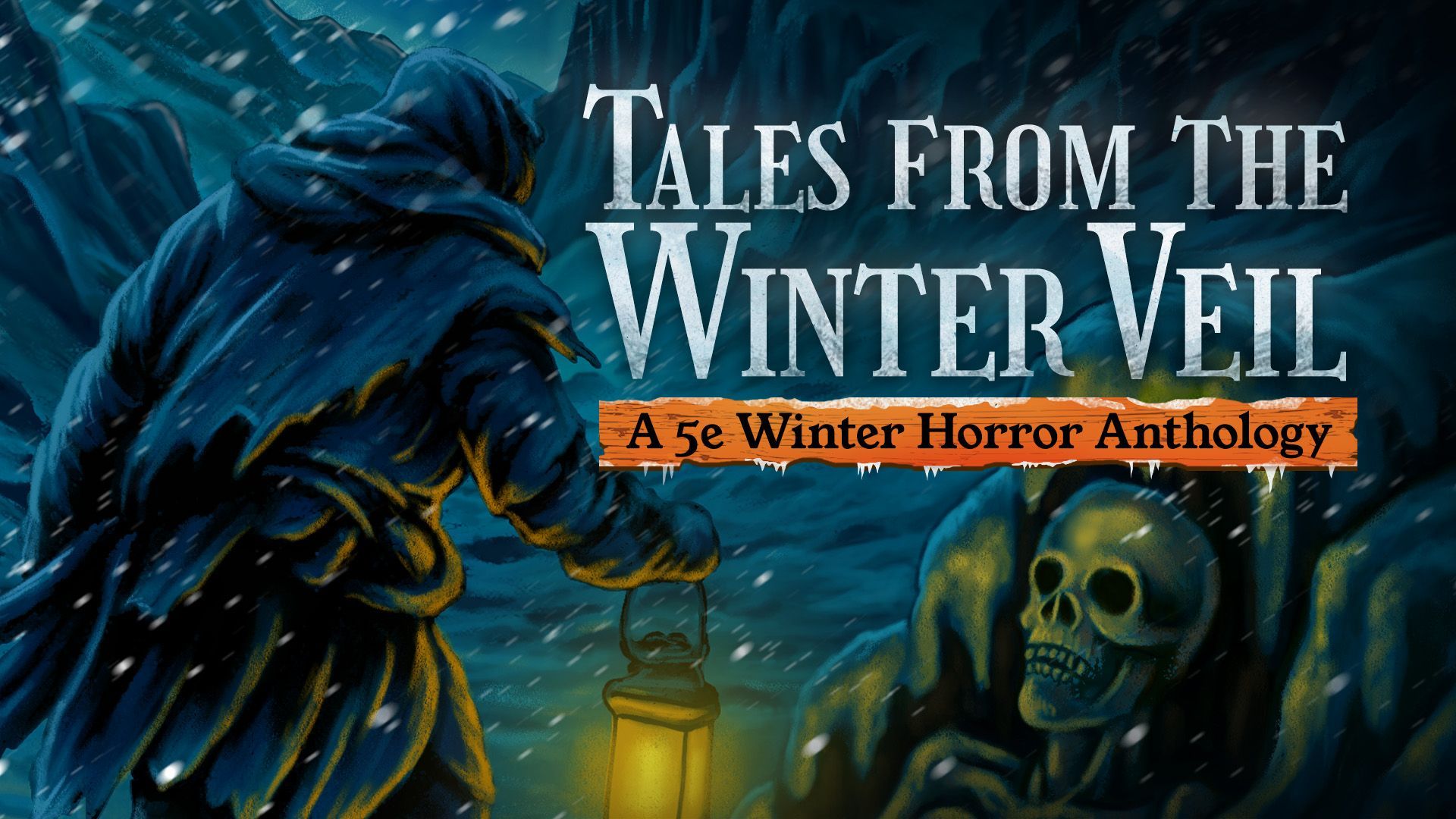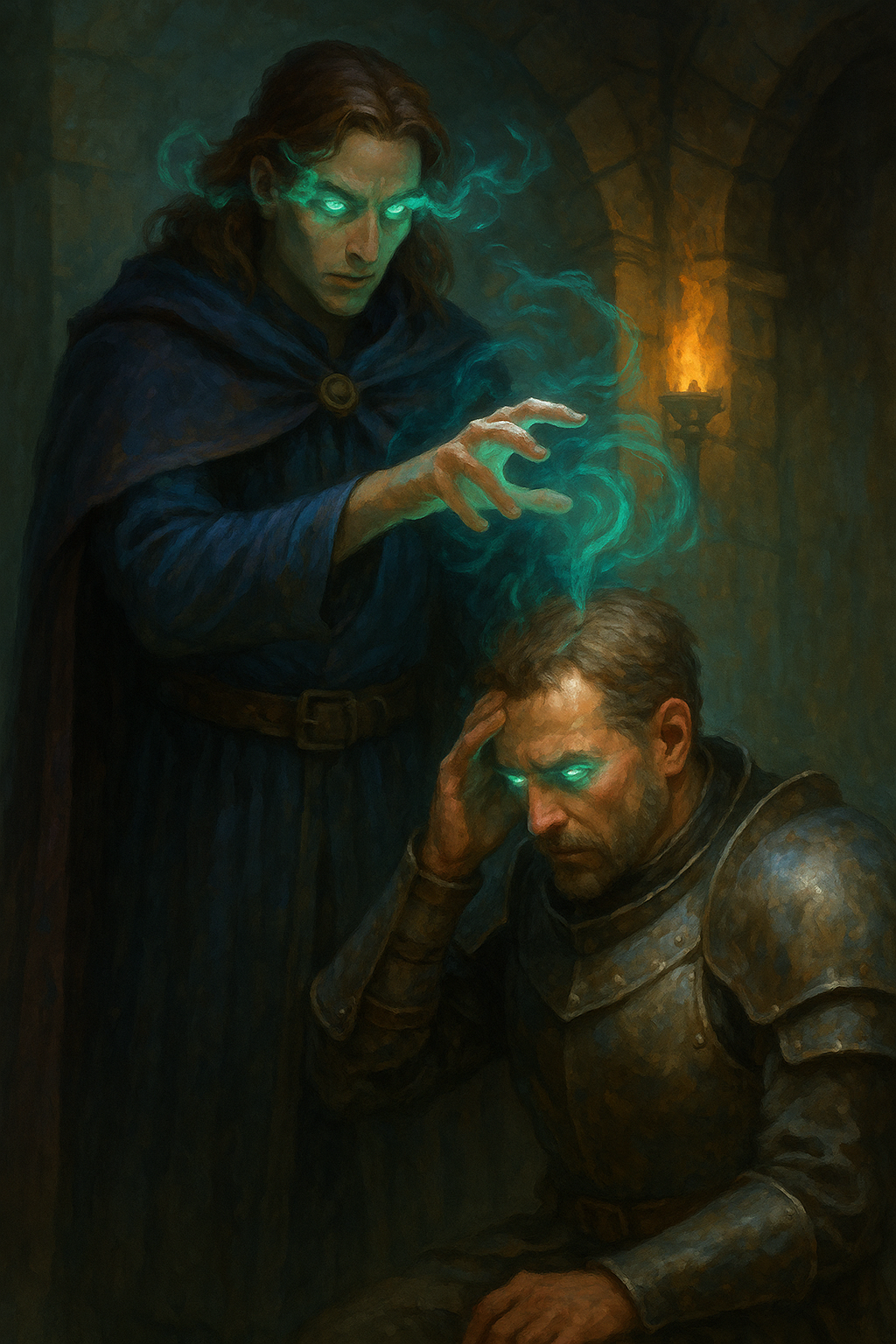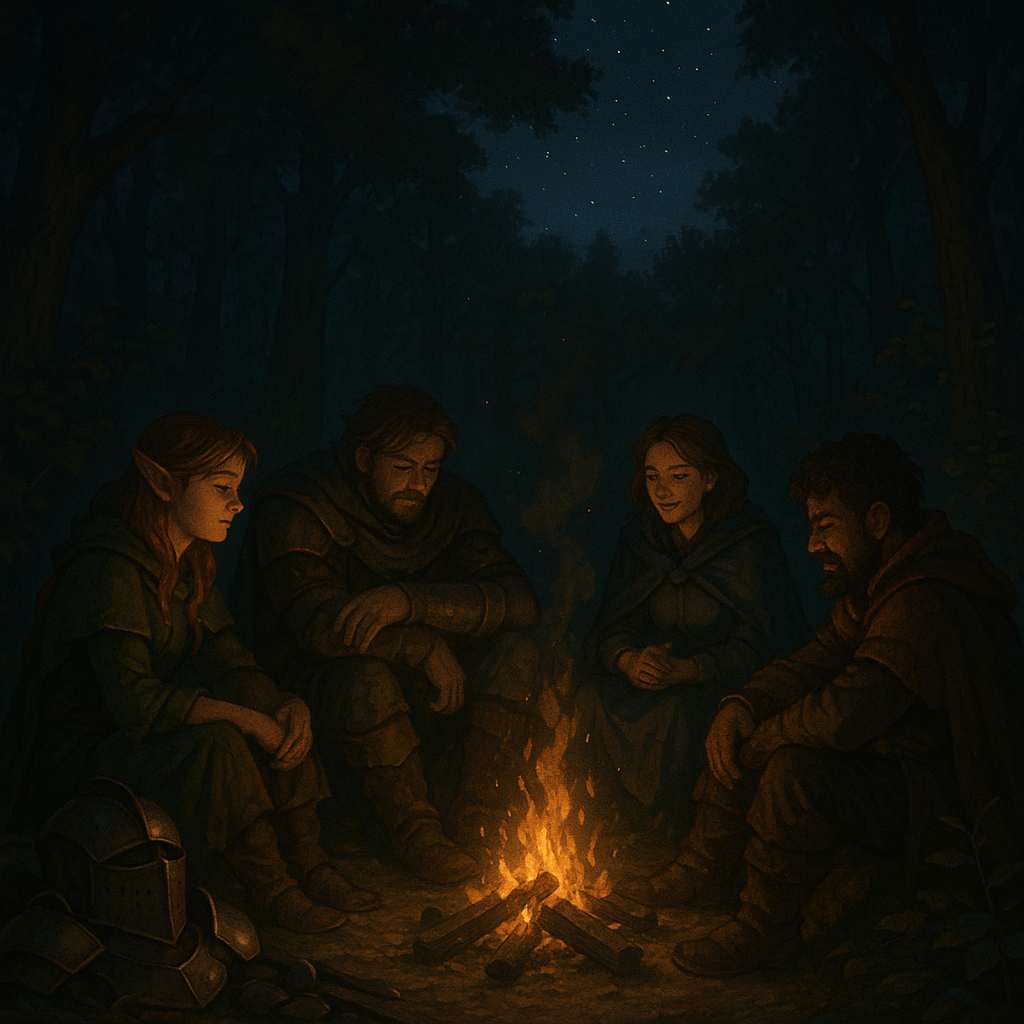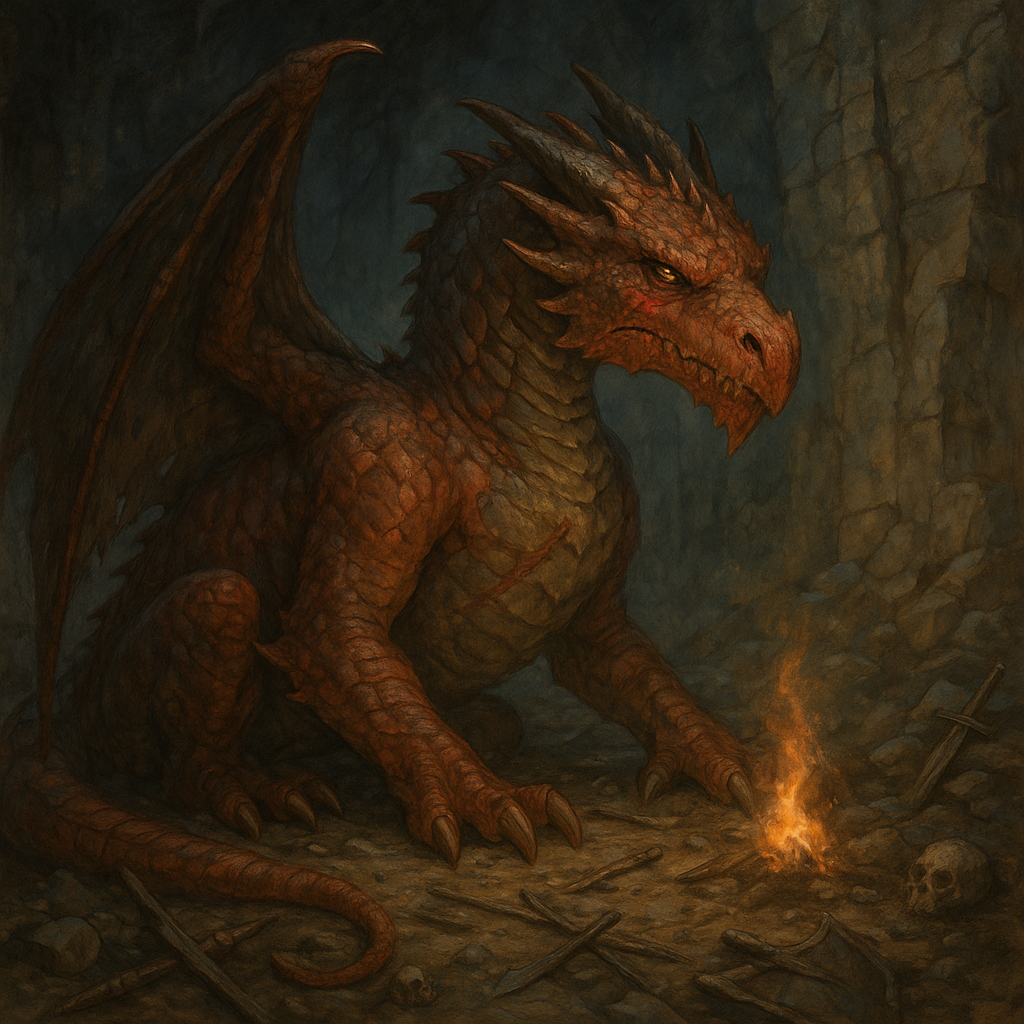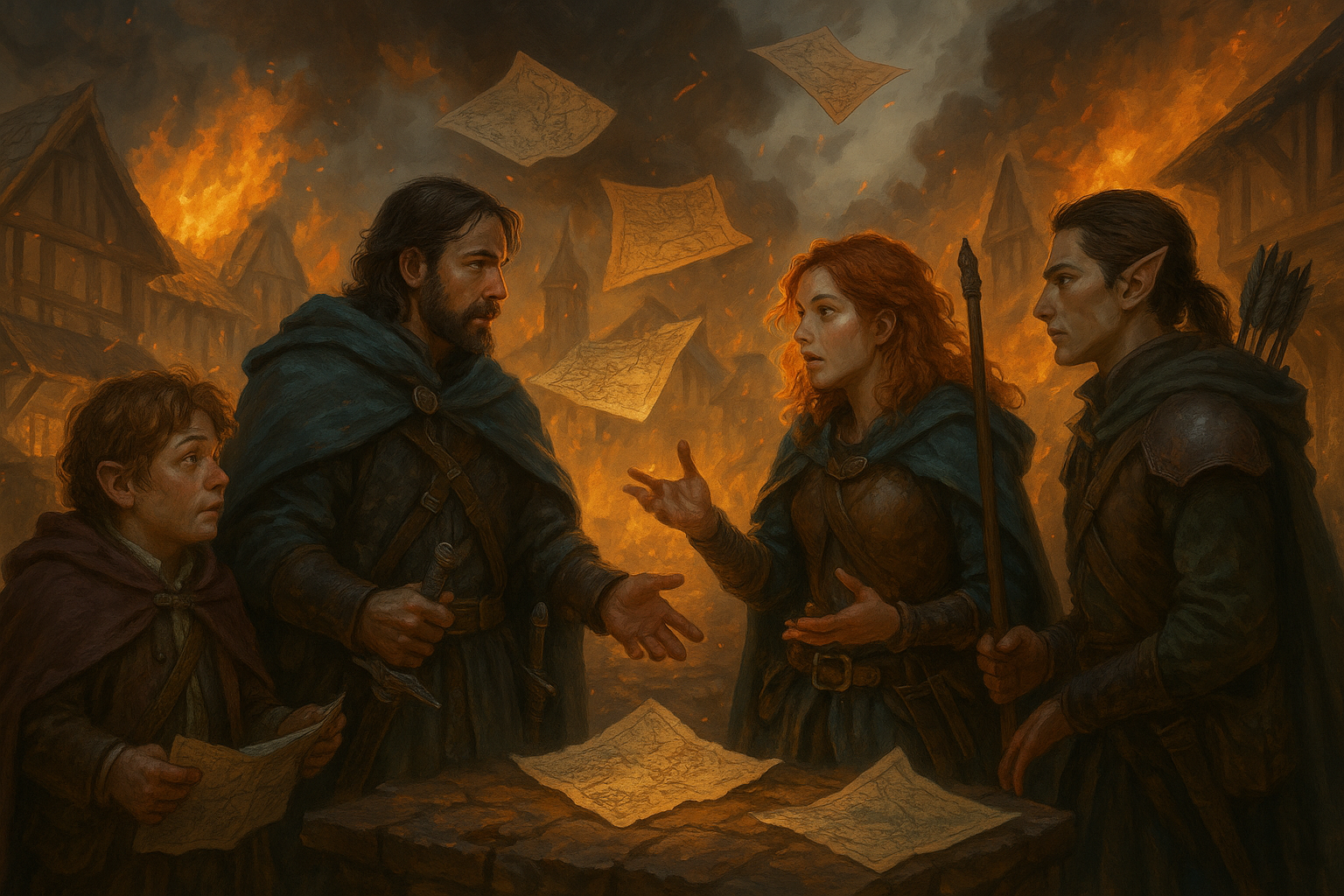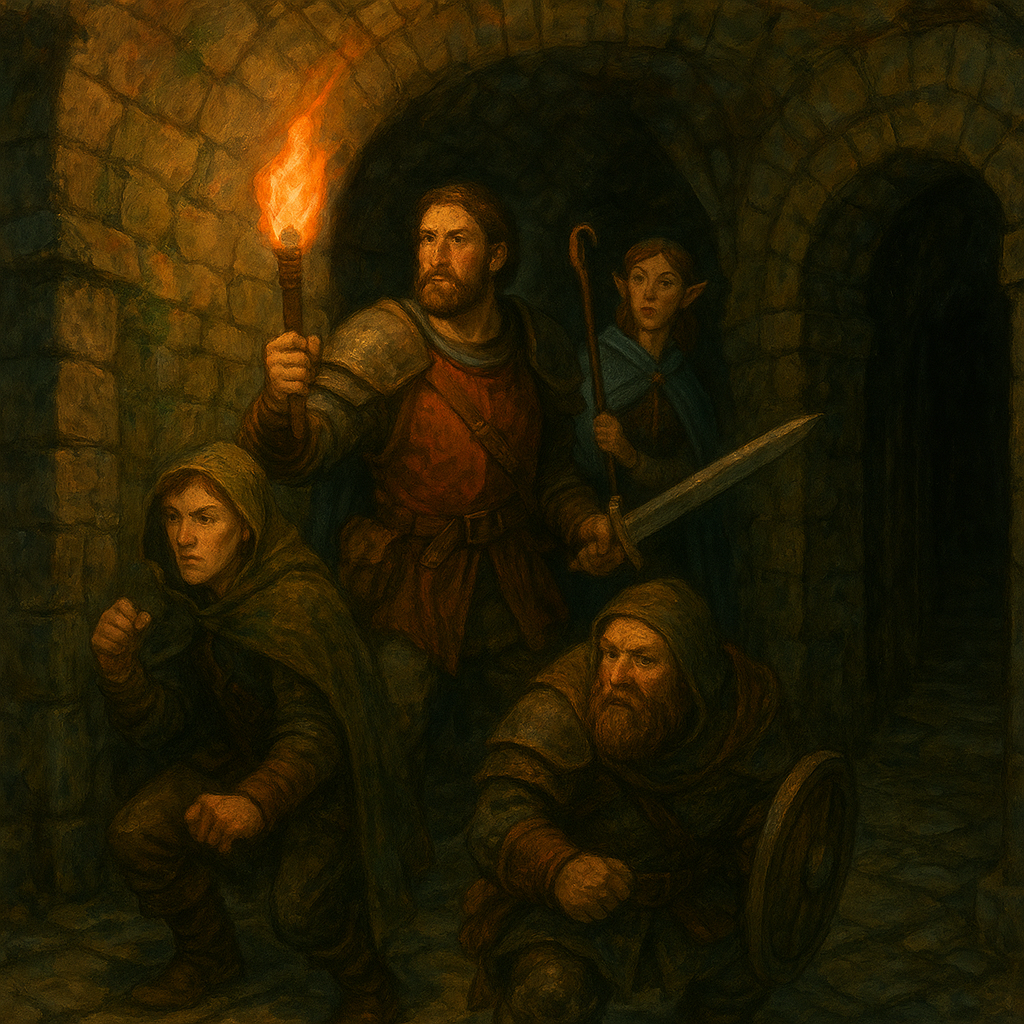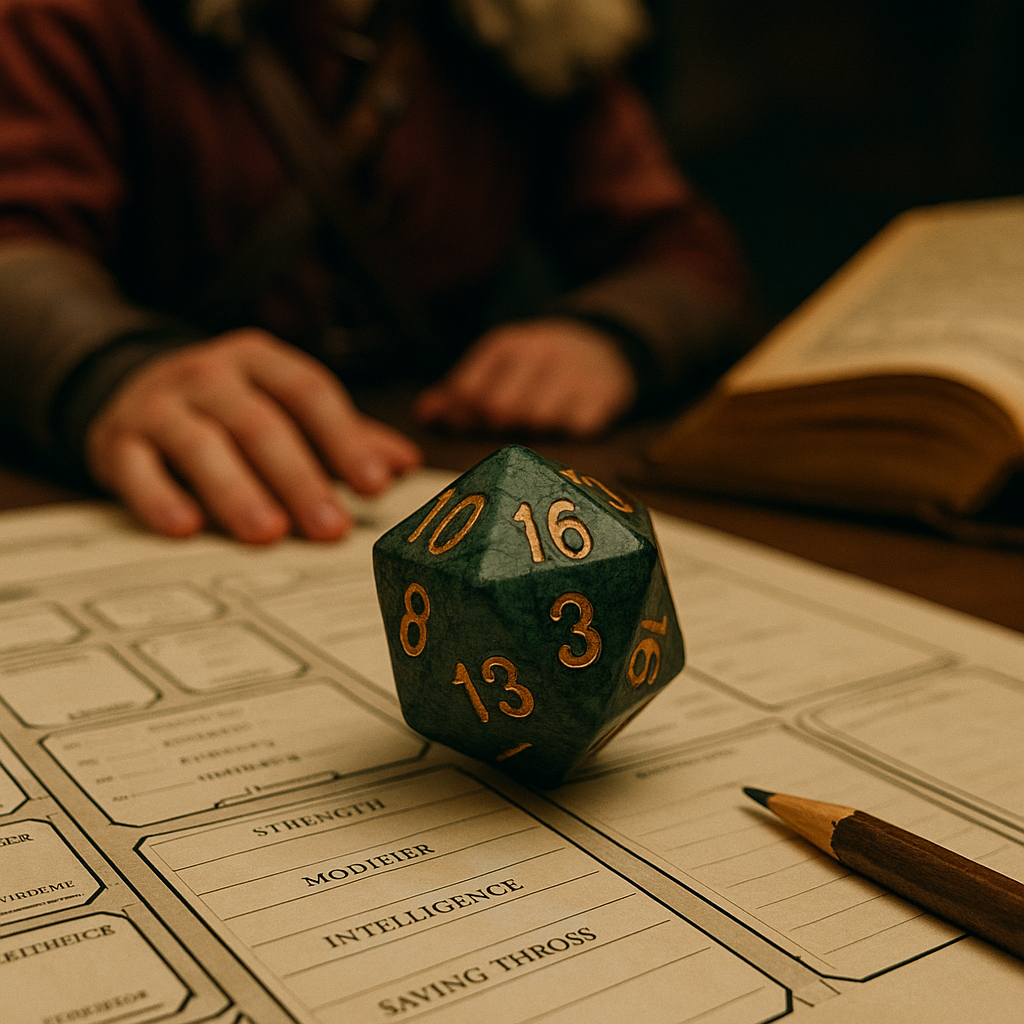Subverting Expectations: Running “Heroic” Monster PCs
Think Shrek, but in D&D, because, well, ogres have layers...like an onion but not parfait
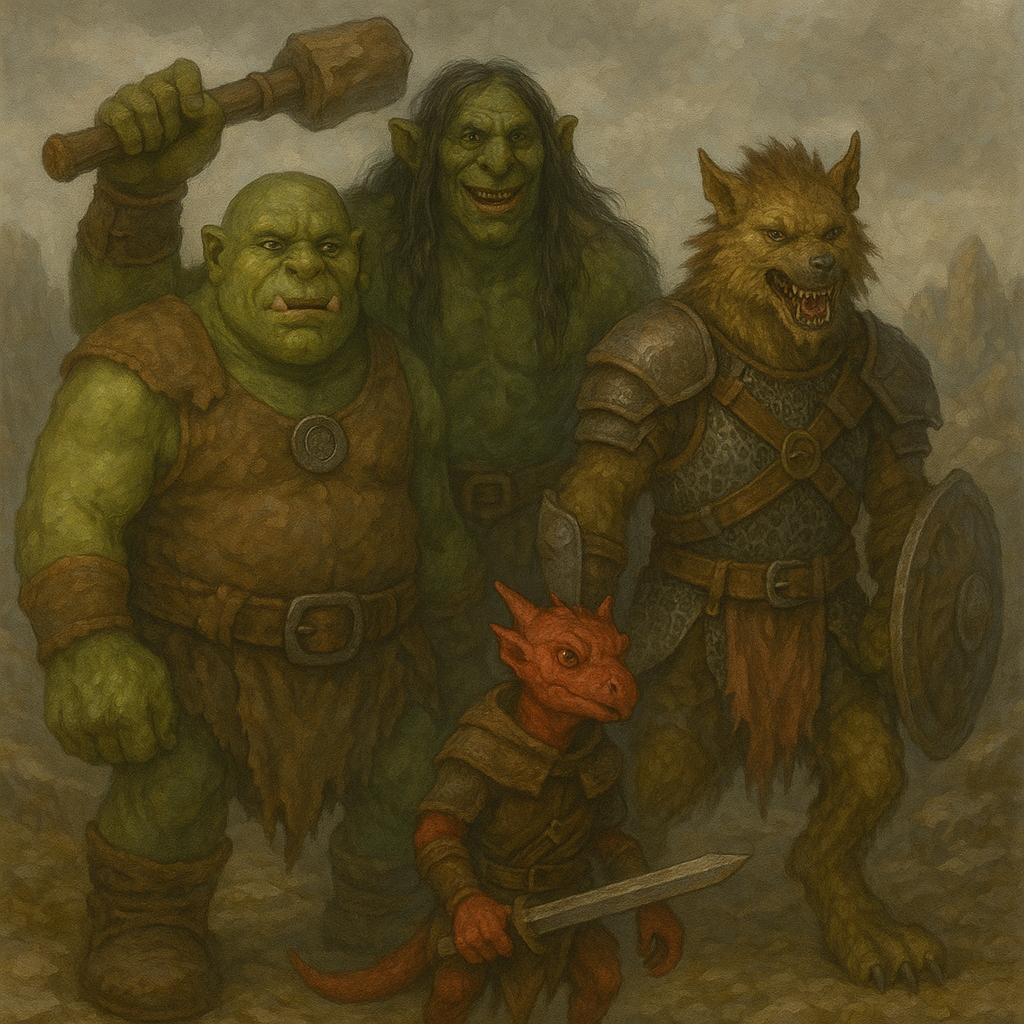
Dear Readers,
The realms of Dungeons & Dragons have long been defined by the classic struggle between good and evil, law and chaos, civilization and monstrosity. From the early days of the game, the monster was meant to be slain, and the adventurer was the champion of order, justice, or survival. Kobolds and gnolls, goblins and orcs, mind flayers and beholders—these were the threats, the adversaries, the other. But times change, and with them, so do the stories we tell at our tables. In this post, we dive deep into the concept of subverting expectations by running campaigns or one-shots that center on "heroic" monster player characters. These are games where the goblin is the savior, the ogre is the protector, and the mind flayer just wants to open a library.
Why do this? Because roleplaying is, at its core, a creative and empathetic act. When players are invited to take on the role of traditionally monstrous beings, they are also invited to explore themes of identity, morality, societal rejection, and personal redemption. But more than that, it makes for fresh and exciting storytelling.
Let’s examine how you can successfully run a campaign with heroic monster PCs, drawing on D&D mechanics, narrative techniques, and practical tips to create a game your players will never forget.
CHALLENGING THE STEREOTYPE: WHY HEROIC MONSTERS WORK
Let’s face it: fantasy tropes are often a little too comfortable. The elf is graceful, the dwarf is gruff, the goblin is evil. But if modern storytelling—and good roleplaying—have taught us anything, it’s that nuance trumps cliché. A heroic monster campaign forces everyone to ask: what makes a hero?
When a party of monstrous PCs saves a town that fears them, or chooses to do good even when the world expects evil, that tension creates drama. Not only is this compelling for narrative reasons, but it opens the door for a rich examination of moral complexity. Consider the idea of a bugbear cleric of Ilmater who serves the suffering because he knows suffering intimately, or a medusa bard who uses her songs to soothe and entertain, hiding behind a veil and glamor magic to avoid hurting others.
These aren’t just gimmicks. They’re profound character arcs waiting to happen.
BUILDING THE PARTY: PLAYER BUY-IN AND CHARACTER CONCEPTS
Before diving into stat blocks and mechanical tweaks, you need to get your players onboard. Running a heroic monster game means breaking from tradition, and that requires alignment on tone and expectations.
Start your Session Zero with the question: "What makes someone a monster?" Encourage your players to build characters who defy the norms of their species. Maybe your party includes:
- A kobold paladin who reveres Bahamut and dreams of founding a temple.
- A gnoll rogue who’s turned their back on Yeenoghu and now steals from warbands to feed refugees.
- A drow warlock who seeks to dismantle the power structures of Lolth’s theocracy.
Not all monsters need to be on a path of redemption. Some may never have been evil to begin with, but are simply misunderstood due to their origins.
Establish party bonds early. In a world that may distrust or even hunt them, their loyalty to each other becomes crucial. Lean into shared trauma, secret pasts, or the idea of founding a new society for outcasts.
MECHANICAL BALANCING: RACE, CLASS, AND CUSTOMIZATION
One of the trickiest parts of running monster PCs is balancing their racial abilities. A troll with regeneration, for example, is a game-changer. So how do we keep things fun but fair?
Fifth Edition offers great tools for customization. Tasha’s Cauldron of Everything already encourages players to decouple racial traits from ability scores. Build on that.
Use the Monster Manual and Volo’s Guide as inspiration, not rules. If a player wants to play a minotaur, don’t just copy-paste the stat block. Use the official playable minotaur from Mythic Odysseys of Theros or Guildmaster’s Guide to Ravnica, or work with your player to homebrew something balanced.
Here are some tips:
- Limit overpowered traits: If regeneration or magic resistance is core to a monster, tone it down. Make it limited use or scale with level.
- Add weaknesses: Balance powerful traits with social penalties (disadvantage on Persuasion checks in cities, fear reactions from NPCs, etc.).
- Integrate backstory: If your medusa PC must wear a blindfold to avoid petrifying others, that’s not just balanced—it’s flavorful.
Also, think beyond combat. Monstrous PCs can shine in social and exploration challenges. A gelatinous cube wizard navigating a society built for humanoids is both hilarious and touching.
SETTING THE STAGE: WORLDBUILDING FOR MONSTER HEROES
A game centered on monster PCs demands a world that reacts to them. You can go one of two ways:
- The Prejudiced World: Society fears and loathes monsters. Cities may refuse entry. Townsfolk may panic. Every victory is a chance to change hearts—or be rejected again. This creates a powerful underdog narrative.
- The Monster-Friendly World: Perhaps monstrous folk have carved out places of peace, like goblin trading towns or minotaur city-states. Here, your PCs can explore intra-cultural conflicts, old rivalries, or even political tensions between monstrous and traditional kingdoms.
Mix both. Perhaps your party’s goal is to found a new city where outcasts can live in peace. Every quest—whether it’s slaying a rampaging beast or uncovering a lost artifact—serves that dream.
Infuse your world with nuance:
- Religions that embrace monstrous races
- Old myths that paint monsters unfairly
- Order of paladins that hunt orcs indiscriminately
- A traveling circus of misunderstood creatures
These add texture and give your PCs a world worth shaping.
STORY ARCS AND THEMES: FROM OUTCASTS TO ICONS
Narrative arcs should be character-driven and built around change. Heroic monster PCs are often on a journey from exile to acceptance—or from isolation to inspiration.
Some ideas:
- The Redemption Arc: A party of ex-raiders now seeks to undo the harm they once caused. Along the way, they must face past victims, rival warbands, and their own guilt.
- The Misunderstood Champions: The kingdom calls upon heroes to save it from a terrible threat, and the only ones capable are a band of monsters. Will the nobles trust them? Will the people rally behind them?
- The Culture Clash: PCs return to their homeland changed. Maybe a hobgoblin monk has turned pacifist, or a medusa bard now sees beauty in humanity. They’re caught between two worlds, belonging to neither fully.
- The Rebuilders: In the ashes of war, the monsters pick up the pieces. They try to build something better, only to face threats from all sides—bandits, monsters, kings who don’t want them to succeed.
Themes to explore:
- Prejudice vs. Acceptance
- Identity and self-definition
- What makes a hero?
- Chosen family
- Moral ambiguity
These aren’t just monster stories. They’re human stories told through non-human eyes.
NPC INTERACTIONS: REFLECTIONS AND RESISTANCE
The world’s reaction to your PCs should be ever-present and multifaceted. Some NPCs will recoil. Others will show curiosity, fear, admiration, or scorn. Use this to constantly reinforce the stakes of being a heroic monster.
Let your NPCs represent different views:
- The Idealist: A young noble who believes your party proves monsters can be good.
- The Betrayed: A villager whose family was slain by gnolls, and who can’t see past the PC’s heritage.
- The Opportunist: A merchant who sees value in monstrous muscle and exploits their labor.
- The Mentor: A wise old dragon or troll who tried and failed to change the world before.
Give your players meaningful choices in these interactions. Do they try to educate? Intimidate? Hide? Earn trust slowly?
Also, consider the emotional impact. Being hated for something you didn’t choose can hit hard. But being seen—truly seen—and accepted can become the beating heart of your campaign.
ENCOUNTERS AND ADVENTURES: DESIGNING FOR MONSTERS
Combat, exploration, and social encounters take on new dimensions when your heroes are monsters.
- Combat: Pit them against slavers, monster-hunters, cults, or wild magic that mutates creatures beyond reason. Make battles moral puzzles, not just kill-fests.
- Exploration: Have them navigate cities through back alleys, forge hidden paths in enemy territory, or reclaim ancestral lands. Terrain matters when you’re not welcome on the main roads.
- Social: Use festivals, negotiations, and trials to test their ability to win hearts. Let towns hold debates about whether to allow monsters to stay.
Adventures might include:
- Escorting refugee monsters to safety.
- Breaking into a prison to free unjustly jailed creatures.
- Investigating who’s framing them for monstrous attacks.
- Dealing with internal schisms—maybe one PC’s tribe calls them a traitor.
Use these to reinforce your campaign’s themes. Let your players be more than just different-looking adventurers. Let them change the world.
EXAMPLE PARTY: THE SONS OF VINDICATION
Here’s a sample party you can use or adapt:
- Raka the Redeemed (Orc Paladin): Once a war chief, now swears oaths of peace. Bears scars from the past and seeks absolution.
- Sish the Flame-Touched (Yuan-ti Sorcerer): Cast out for being too human. Struggles with her cold instincts and fiery magic.
- Thimble (Goblin Bard): Former street urchin turned diplomat. Charms with sarcasm and song. Has a pipe dream of goblin opera.
- Grav (Ogre Fighter): Simple soul. Loves poetry. Tries not to break things. Dreams of building a school.
- Velra (Medusa Rogue): Wears silver glasses enchanted to nullify her gaze. Hides her face with a mask. Is the party’s voice of reason.
Their goal? To build a free town—Vindication—where monsters can live in peace. Every mission gets them closer. Every setback tests their resolve.
CONCLUSION: THE MONSTER WITHIN, THE HERO WITHOUT
Running a campaign with heroic monster PCs is more than just flipping a trope. It’s about inviting your players to walk in unexpected shoes, to challenge assumptions, and to find heroism in the unlikeliest places.
At its best, it becomes a story about defying the world’s expectations—and maybe even your own. When your party of unlikely heroes stands at the gates of a city they once terrorized, now prepared to save it, the catharsis is unmatched.
So next time you gather around the table, consider asking: what if the monster was the hero all along?
Until next time, Dear Readers...
















